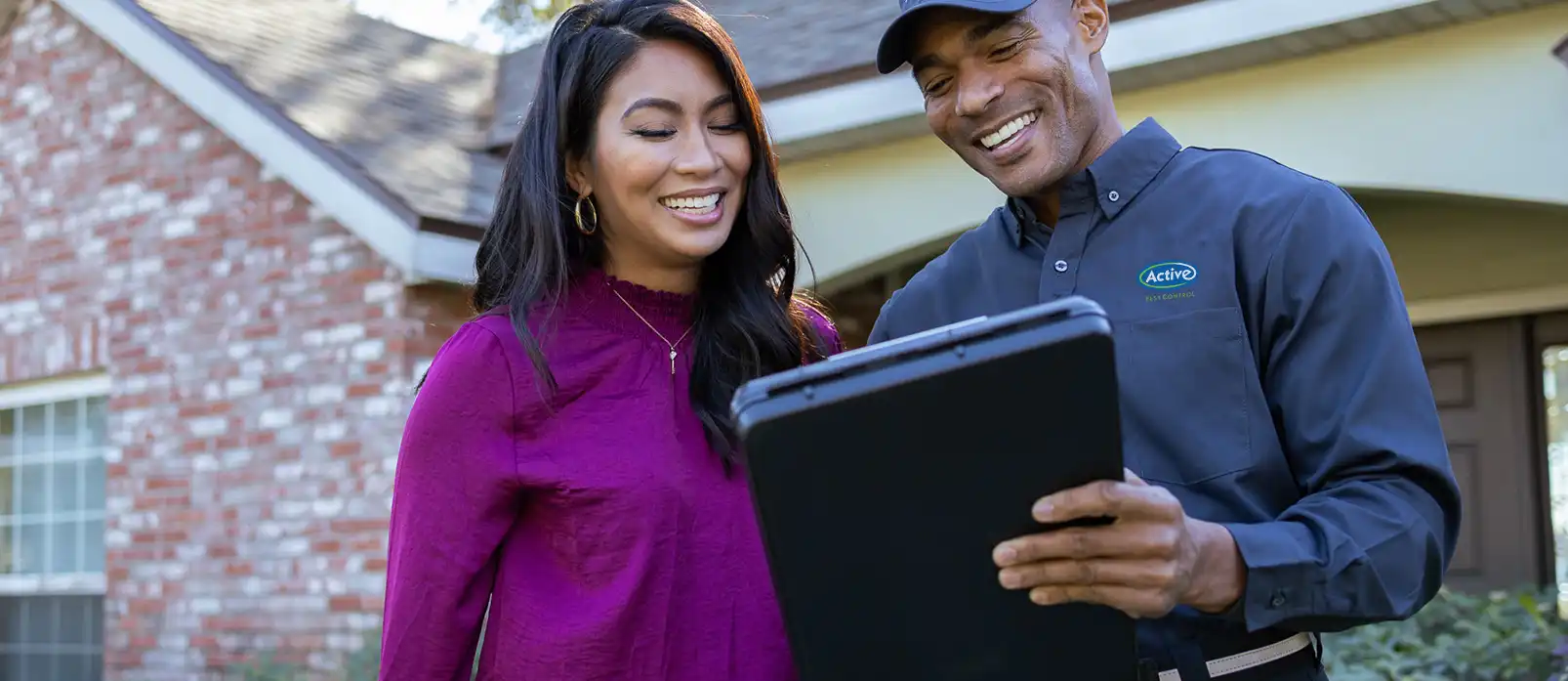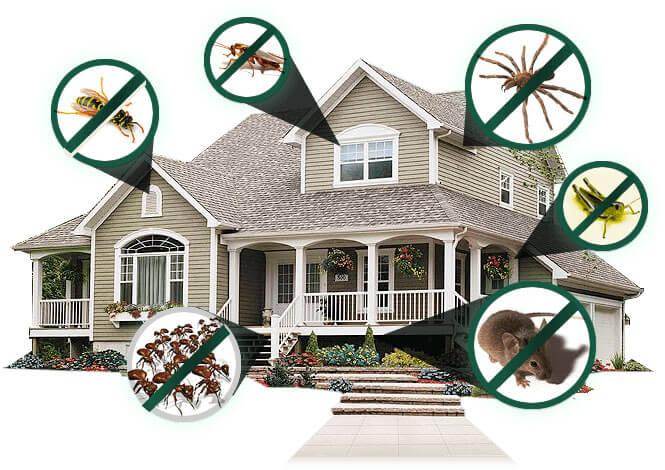Effective Parasite Control Services: An Extensive Look at Elimination Techniques and Avoidance Steps
In the world of pest control solutions, the effective administration of invasions calls for a thorough strategy that incorporates different strategies and actions for both eradication and avoidance. From Integrated Parasite Management (IPM) methods that focus on lasting services to chemical extermination techniques made for targeted removal, the collection against parasites is multifaceted and substantial. Organic control techniques and physical avoidance measures supply different paths to efficiently combating undesirable trespassers. However, the secret to an extensive parasite control plan lies not just in the techniques themselves, but also in the precise professional inspection treatments that come before and educate them. By recognizing the complexities of each strategy and how they interaction, one can absolutely understand the complexity and performance of contemporary parasite control solutions.

Integrated Pest Monitoring (IPM) Techniques
Integrated Pest Administration (IPM) Strategies incorporate a comprehensive strategy to pest control that focuses on control, monitoring, and prevention methods to efficiently handle pest populations. By incorporating different methods, IPM intends to minimize the impact of pests while additionally minimizing the dependence on chemical pesticides. Avoidance lies at the core of IPM, stressing methods like proper hygiene, upkeep of hygiene, and sealing entry factors to prevent bugs from infesting buildings.
Chemical Elimination Techniques
Chemical elimination techniques are typically used in bug control services to successfully get rid of pest populaces that posture a threat to human wellness and building. These methods entail using various chemical substances particularly made to target and eliminate bugs such as bugs, rodents, and other unwanted creatures. The application of chemicals, insecticides, rodenticides, and other chemical representatives is meticulously controlled to guarantee optimum efficiency while lessening risks to people, family pets, and the environment.
One of the crucial benefits of chemical extermination techniques is their capacity to give quick and targeted results, making them especially beneficial in cases of severe invasions or immediate parasite control demands - portland exterminators a1 for bed bugs. Nonetheless, it is important to emphasize the significance of appropriate handling, application, and disposal of these chemical items to avoid unexpected damage
Furthermore, integrated bug management (IPM) techniques typically integrate chemical extermination techniques with other approaches such as hygiene, habitat alteration, and biological controls to develop a thorough and sustainable pest control approach. By integrating chemical extermination methods carefully within an IPM structure, bug control solutions can effectively manage bug populations while minimizing possible threats to human health and the setting.
Biological Pest Control Methods
Utilizing all-natural predators and bloodsuckers to handle pest populations is a lasting technique called organic bug control. This method takes advantage of the all-natural devices of the ecosystem to manage insect populations without relying upon synthetic chemicals. One typical organic control technique entails introducing natural adversaries of the target parasite types, such as ladybugs for aphid control or nematodes for termite problems. These natural killers feed on the bugs, assisting to maintain their populations in check.
One more effective organic control strategy is making use of microbial insecticides. These are normally happening microbes, such as viruses, fungi, and germs, that especially target and contaminate certain parasite varieties. By using these microbial agents, parasite populaces can be efficiently minimized without damaging beneficial organisms or creating damage to the atmosphere.
Physical Bug Avoidance Steps
Carrying out physical insect avoidance measures includes making use of barriers and architectural adjustments to discourage a pest control bugs from infesting a residential or commercial property or going into. Installing door moves, displays on home windows, and securing cracks in the structure can help prevent pests like pests and rodents from gaining access inside.
An additional physical prevention step is the usage of obstacles like fencing to keep bigger bugs such as raccoons or deer away from the building. By carrying homeowner termite control out these physical insect avoidance procedures, property proprietors can significantly minimize the risk of insect invasions and the damage they can cause.
Expert Insect Examination Procedures
Conducting systematic and thorough bug examinations is a basic aspect of specialist pest administration protocols. Professional pest assessors are trained to meticulously examine residential or commercial properties for signs of infestations, recognizing pest types, entry factors, and conducive problems.

Verdict
In verdict, effective pest control solutions utilize a variety of strategies, including Integrated Insect Management techniques, chemical elimination approaches, biological controls, and physical avoidance measures. Professional bug inspection procedures play a vital function in determining and attending to pest concerns in a timely manner. By carrying out a combination of these methods, homeowner can efficiently handle and prevent pest infestations.
From Integrated Pest Administration (IPM) methods that prioritize lasting services to chemical extermination techniques created for click to find out more targeted elimination, the collection versus pests is substantial and diverse.Integrated Bug Monitoring (IPM) Methods encompass a detailed approach to pest control that focuses on control, prevention, and surveillance approaches to effectively take care of parasite populaces.Chemical elimination methods are commonly utilized in pest control services to effectively eradicate bug populaces that posture a hazard to human wellness and property.Using all-natural predators and bloodsuckers to handle pest populaces is a sustainable approach recognized as organic insect control.In conclusion, efficient pest control solutions employ a range of methods, including Integrated Pest Management methods, chemical elimination approaches, organic controls, and physical prevention measures.